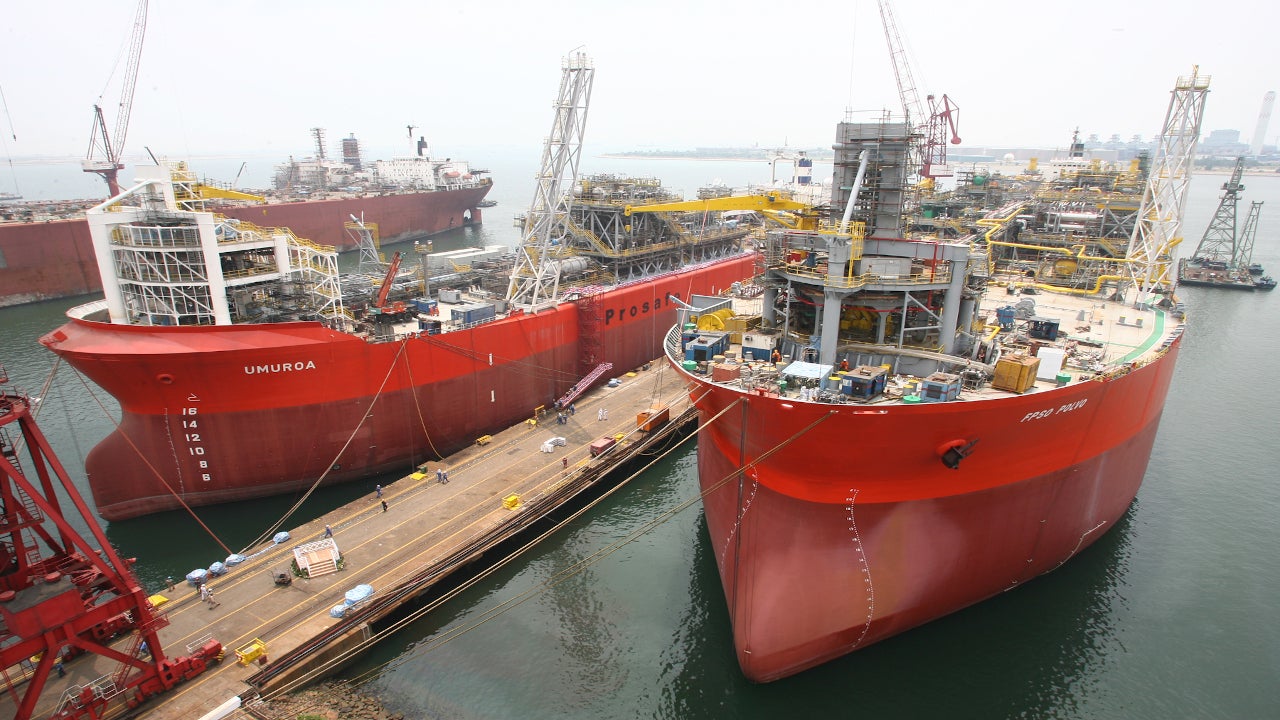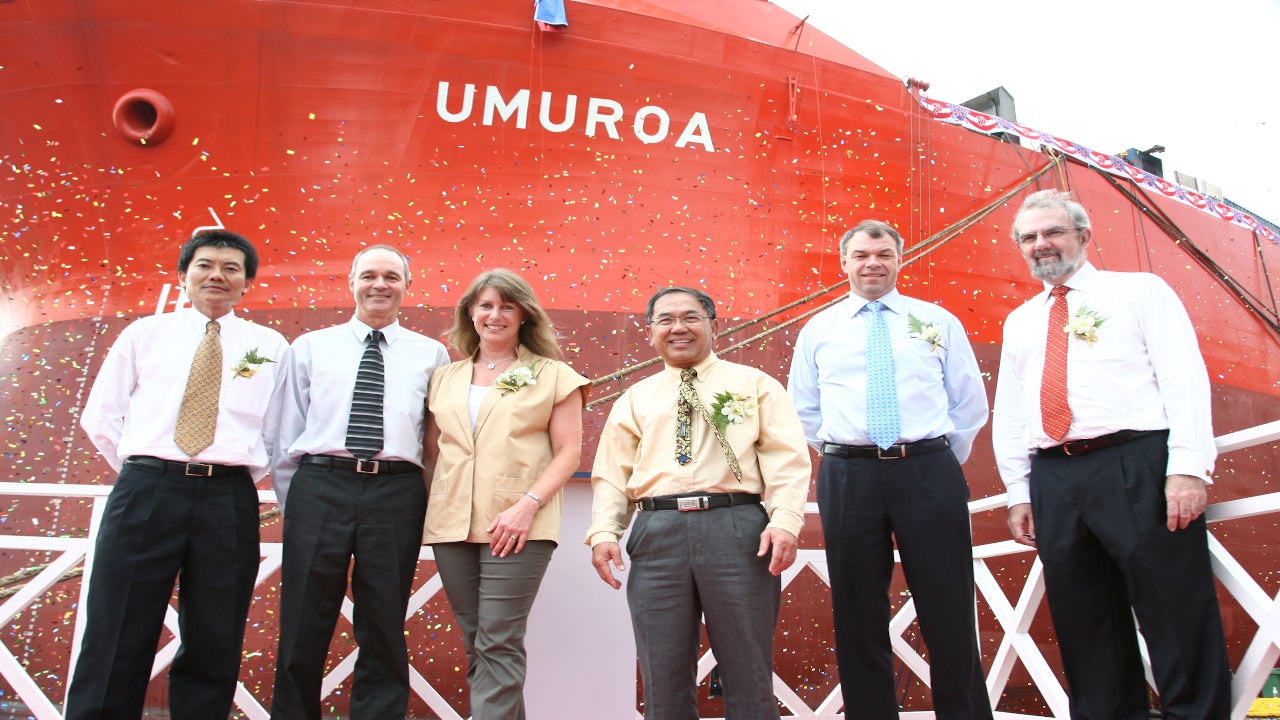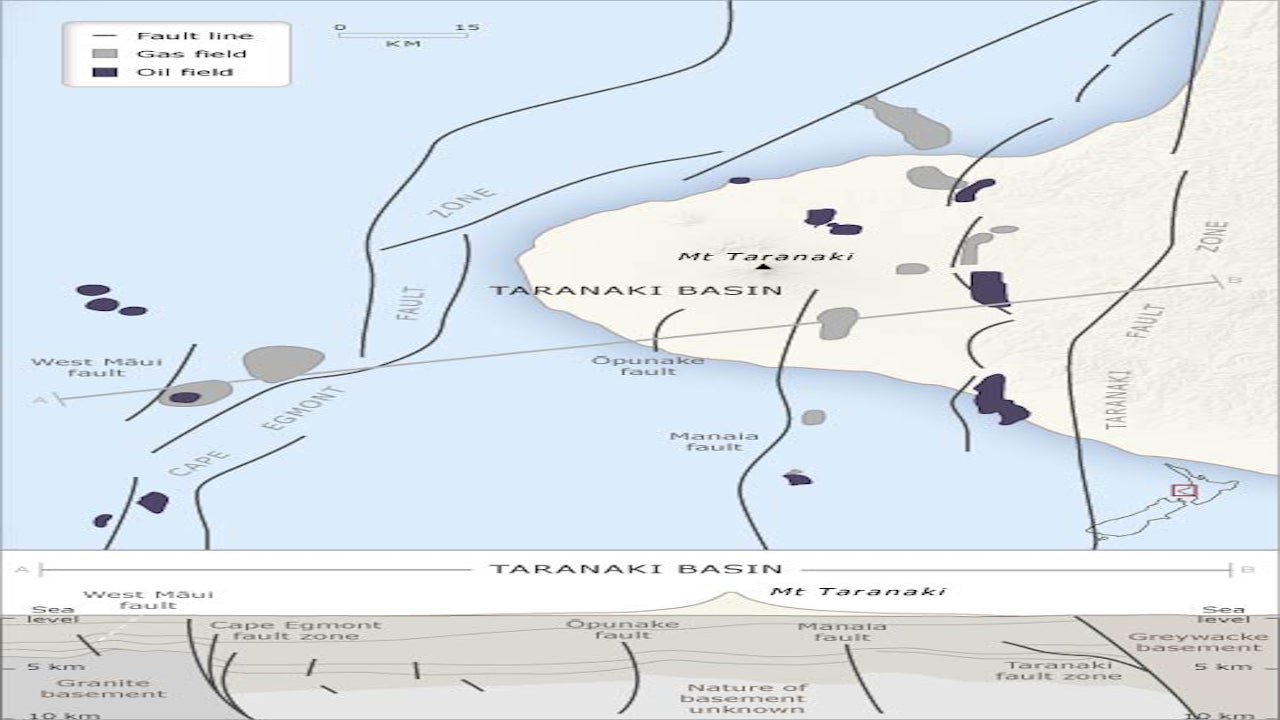The Tui oil field is located 50km offshore Taranaki Coast in New Zealand and will be decommissioned as it reached the end of its economic life. The field is owned and operated by Tamarind Taranaki.
The oil field started production in July 2007 with the production capacity of approximately 50,000 barrels of oil a day. Tamarind Taranaki increased its stake in the Tui field permit to 100% in March 2017.
The production from the field ceased in November 2019 after an oil sheen was observed off the starboard side of its floating production storage and offloading (FPSO) unit Umuroa, due to a damaged subsea flow line.
The decommissioning of Tui oil field is estimated to require approximately NZD154.64m ($94.82m), of which approximately NZD151.84m ($93.11m) will be used towards non-departmental expenses for planning, demobilising, and decommissioning activities.
Details of Taranaki Basin
The Tui oil field is located in PMP38158 in the Taranaki Basin that lies on the west coast of the North Island.
The basin contains active natural gas, gas condensate and oil reserves, and is the only producing province in New Zealand.
Tui oil field decommissioning project background
Tui Area Development was carried out by the then operator AWE. It covered three oil fields with four subsea production wells and wet tree installation. The wells are tied back to the leased FPSO vessel Umuroa that was used to process and store the produced oil.
The wells were developed through the drilling of extended horizontal production sections in the oil reservoirs.
The cost of the development project rose to approximately $269m due to adverse weather conditions that impacted the construction activities offshore.
FPSO details
The BW Offshore-operated single-hull FPSO Umuroa is a converted and modified Suezmax oil tanker that measures 232m-long, 46m-wide, and 23m-deep. It features an internal turret type mooring system with nine anchor legs.
The FPSO has the oil production capacity of 50 million barrels per day (Mbpd), oil handling capacity of 54Mbpd, and features 12 risers and umbilicals. The gas compression capacity of the platform is 25MMscfd, while the storage capacity is 775Mbbl.
Details of Tui oil field decommissioning
The decommissioning of the oil field will require the demobilisation of FPSO Umuroa and plugging and abandonment of eight subsea wells and associated subsea structure.
The first phase of the decommissioning includes FPSO disconnection and removal, cleaning of flowlines and safely leaving them on the seafloor. The task will require additional vessels for handling flowlines, umbilicals, mooring lines and tugs to hold the FPSO in place during disconnection operations.
The second phase of the project includes the plugging and abandonment of wells to avoid the leakage of hydrocarbons into the marine environment, as well as the removal of the remaining subsea infrastructure. The task will require an appropriate drill rig or light well intervention vessel.
Contractors involved
The New Zealand Ministry of Business, Innovation and Employment (MBIE) is working with BW Offshore, the Environmental Protection Authority (EPA) and WorkSafe NZ to ensure cost-efficient and safe demobilisation of the FPSO.
Petrofac was contracted for its specialist technical advice and to determine options for the demobilisation and shut-in of the Tui oil field while Bell Gully was contracted to provide demobilisation services.
MartinJenkins and ArcBlue are consultant resources. Other contractors include SLR, Audit NZ and TBC.




